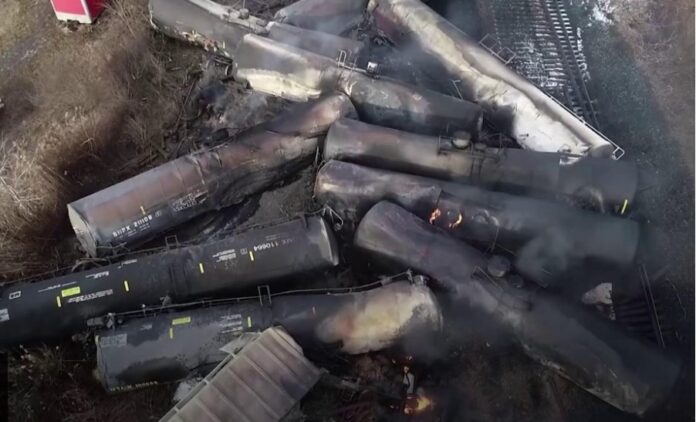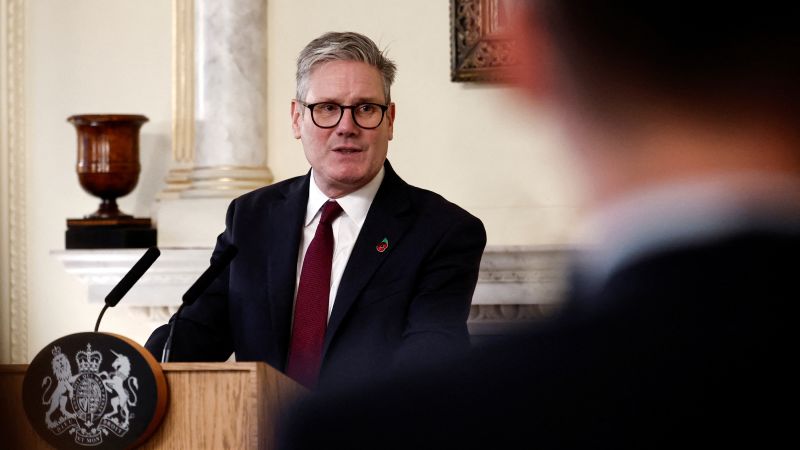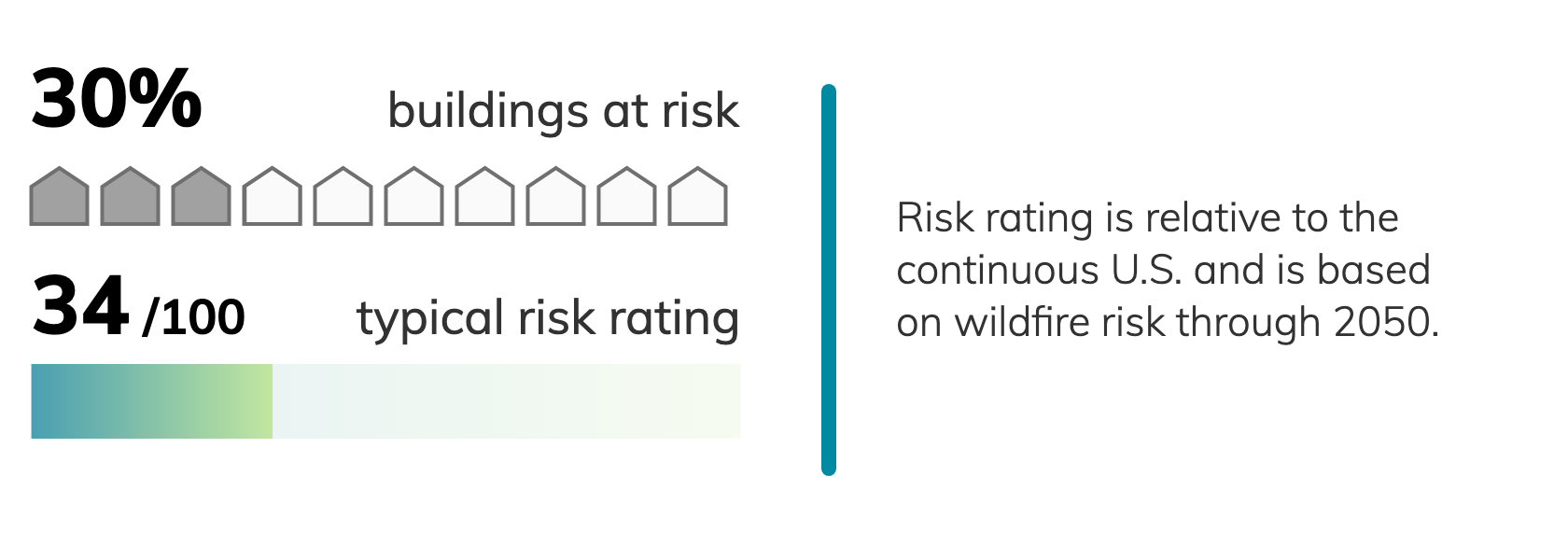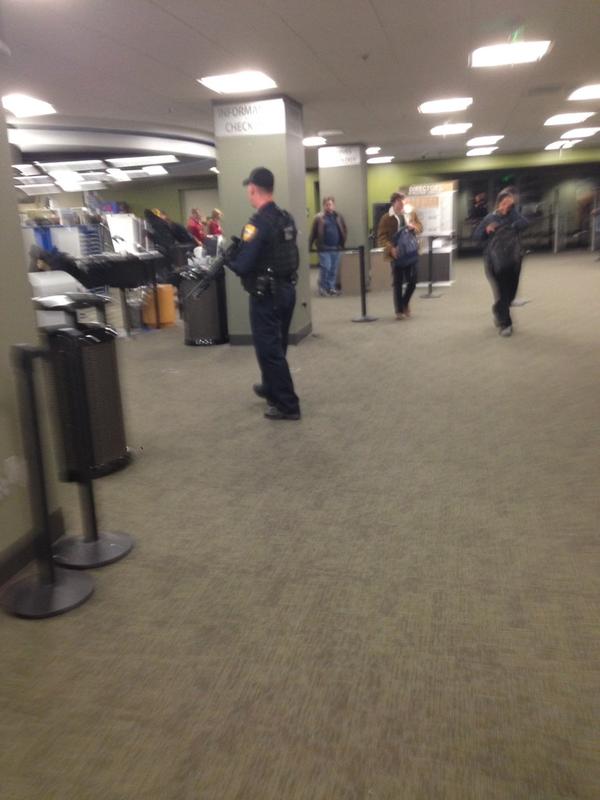The Selection Of A New Pope: An Inside Look At Papal Conclaves

Table of Contents
History and Evolution of Papal Conclaves
The election of the Pope, the head of the Catholic Church, has evolved significantly throughout history. Early Papal elections were often fraught with political maneuvering and factionalism, lacking the formalized structure of the modern Papal Conclave. The process was frequently turbulent, with prolonged periods of vacancy and even instances of violence.
-
Early Papal elections and their challenges: In the early centuries of the Church, the selection process was often chaotic, influenced by powerful secular leaders and internal church politics. This often led to contested elections and prolonged periods without a Pope.
-
The establishment of formal rules and regulations: Over time, a need for more structured procedures became apparent. The gradual development of formal rules and regulations aimed to minimize corruption and ensure a more orderly election. This culminated in the establishment of the Papal Conclave as we understand it today.
-
Key historical examples of influential Conclaves and their outcomes: Several Conclaves throughout history stand out for their significance. The Conclave of 1455, for instance, saw the election of Pope Callixtus III, marking a turning point in the papacy's relationship with secular rulers. Similarly, the Conclave of 1513, resulting in the election of Leo X, profoundly impacted the Renaissance.
-
The impact of different historical periods (e.g., the Renaissance, the Enlightenment) on Conclave procedures: Historical periods like the Renaissance and the Enlightenment significantly shaped the Conclave's evolution. The Renaissance saw increased papal involvement in worldly affairs, influencing the selection criteria for Popes. The Enlightenment, with its emphasis on reason and reform, further impacted the process, albeit gradually.
The Process of a Papal Conclave: A Step-by-Step Guide
The Papal Conclave is a meticulously orchestrated process. It begins with the sede vacante, the period between the death or resignation of a Pope and the election of his successor. This period is marked by intense prayer and reflection within the College of Cardinals.
-
Sede Vacante: During the sede vacante, the governance of the Church falls under the temporary authority of the Camerlengo, a Cardinal with specific responsibilities during this period.
-
The role of the College of Cardinals: The College of Cardinals, comprised of Cardinals appointed by previous Popes, is the body responsible for electing the new Pope. Only Cardinal electors below the age of 80 are eligible to vote.
-
The Conclave's location and security measures: The Conclave traditionally takes place within the Vatican, in a highly secure environment to ensure secrecy and prevent outside influence. Strict security measures are in place to maintain confidentiality.
-
The voting process: ballots, two-thirds majority requirement, and scrutinies: The voting process involves secret ballots, with cardinals casting their votes individually. A two-thirds majority is required for election. Multiple rounds of voting (scrutinies) may occur before a Pope is chosen.
-
Habemus Papam!: Once a Pope is elected, the announcement of "Habemus Papam!" (We have a Pope!) signals the conclusion of the Conclave and marks the beginning of the new papacy.
The Cardinals: Key Players in the Papal Conclave
The Cardinals are the central figures in the Papal Conclave. Their role extends beyond simply casting votes; they represent diverse theological viewpoints and geographical regions within the Church.
-
Cardinal electors and their qualifications: Only Cardinals under 80 are eligible to vote, reflecting a balance between experience and vitality.
-
The influence of different Cardinal factions and ideologies: Different factions and ideological viewpoints within the College of Cardinals often influence the election. These differing perspectives reflect the breadth of opinion within the Church.
-
The importance of compromise and consensus-building: The Conclave often necessitates compromise and consensus-building among Cardinals with diverse backgrounds and opinions. Finding a candidate who can unify the Church is crucial.
-
The secrecy surrounding the Conclave and its impact on decision-making: The secrecy surrounding the Conclave is designed to foster open discussion and prevent external pressure from influencing the outcome.
The Symbolism and Significance of the Papal Conclave
The Papal Conclave is not merely a political process; it carries profound religious and symbolic weight.
-
The role of prayer and spiritual reflection in the process: Prayer and spiritual reflection are integral aspects of the Conclave. Cardinals dedicate significant time to prayer, seeking divine guidance in their decision.
-
The symbolism of the Conclave's setting and rituals: The setting and rituals of the Conclave are rich in symbolism, reflecting the gravity and sacred nature of the event.
-
The global impact of the Papal election: The election of a new Pope has global ramifications, influencing the Catholic Church and impacting international relations.
-
The continuity and change within the Catholic Church represented by the Conclave: The Conclave represents both the continuity of the Church's traditions and its capacity for adaptation and change in response to contemporary challenges.
Modern Challenges to the Papal Conclave
Contemporary society presents new challenges to the traditional Papal Conclave. Calls for greater transparency and inclusivity are gaining momentum.
-
Calls for greater transparency in the election process: There are ongoing debates regarding the level of transparency in the election process. Some advocate for greater openness.
-
Debates about the role of women and lay people in the Church's governance: The role of women and lay people in Church governance remains a significant area of discussion, impacting the broader perspective on the Conclave.
-
The evolving relationship between the Papacy and the global community: The relationship between the Papacy and the global community is constantly evolving, presenting both opportunities and challenges for the Conclave.
-
The challenges of electing a Pope in a rapidly changing world: Electing a Pope who can address the complexities of a rapidly changing world is a significant challenge for the Conclave.
Conclusion
The selection of a new Pope through a Papal Conclave is a complex and fascinating process, rich in history and symbolism. Understanding the intricacies of this event provides invaluable insight into the workings of the Catholic Church and its continuing evolution. From the historical evolution of the Conclave to the crucial role of the Cardinals and the significance of the election, this article has shed light on this significant event. To further your understanding of this important process, explore further resources on the history and procedures surrounding the Papal Conclave, and gain a deeper appreciation for this pivotal moment in the Catholic world.

Featured Posts
-
 Investigation Into Lingering Toxic Chemicals In Buildings After Ohio Train Derailment
Apr 22, 2025
Investigation Into Lingering Toxic Chemicals In Buildings After Ohio Train Derailment
Apr 22, 2025 -
 Enhanced Security Collaboration China And Indonesia Forge Closer Links
Apr 22, 2025
Enhanced Security Collaboration China And Indonesia Forge Closer Links
Apr 22, 2025 -
 The Complexities Of Robotic Nike Sneaker Production
Apr 22, 2025
The Complexities Of Robotic Nike Sneaker Production
Apr 22, 2025 -
 Is Betting On Natural Disasters Like The Los Angeles Wildfires The New Normal
Apr 22, 2025
Is Betting On Natural Disasters Like The Los Angeles Wildfires The New Normal
Apr 22, 2025 -
 Debate Swirls After Fsu Announces Post Shooting Class Resumption Option
Apr 22, 2025
Debate Swirls After Fsu Announces Post Shooting Class Resumption Option
Apr 22, 2025
